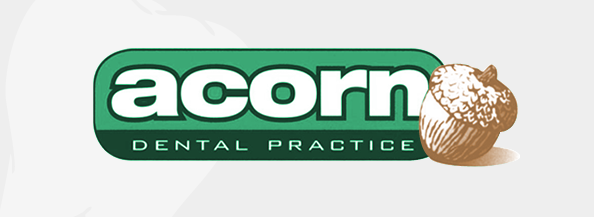Fluoride Toothpaste
Fluoride in toothpaste
Brushing your teeth thoroughly with fluoride toothpaste is one of the most effective ways of preventing tooth decay.
A range of toothpastes are available containing different levels of fluoride. The amount of fluoride in the toothpaste can be found on the side of the tube and is measured in parts per million (ppm).
Toothpastes containing 1,350 to 1,500ppm fluoride are the most effective. Your dentist may advise you to use higher-strength toothpaste if you or your child is at particular risk of tooth decay.
- Children under 3 years old should brush twice daily, with a smear of toothpaste containing at least 1,000ppm fluoride.
- Children between 3 and 6 years old should brush at least twice daily with a pea-sized amount of toothpaste containing more than 1,000ppm fluoride.
- Children over 7 and adults should brush at least twice daily with a toothpaste containing 1,350-1,500ppm fluoride.
Both adults and children should spit toothpaste out instead of rinsing with water after brushing.
Don’t use mouthwash at the same time as brushing. Use it at an alternative time, because it washes away the fluoride in the toothpaste
Tooth decay
Tooth decay, also known as dental decay or dental caries, is a major health concern worldwide and is still a big problem in the UK.
Tooth decay is the destruction of tooth tissue caused by acids made by bacteria in dental plaque. Dental plaque is a sticky film that constantly forms on the teeth. Each time you have sugary food and drink, the bacteria in plaque produce acid that attacks teeth.
If you eat or drink sugary foods frequently throughout the day, you have more “acid attacks,” which can lead to tooth decay. This can eventually lead to cavities (holes) in the teeth and infection, which is why teeth sometimes need to be removed.

